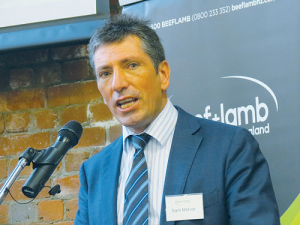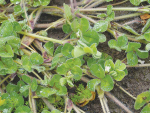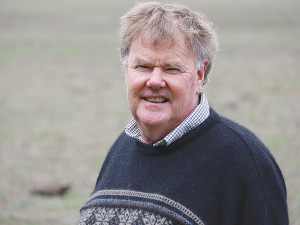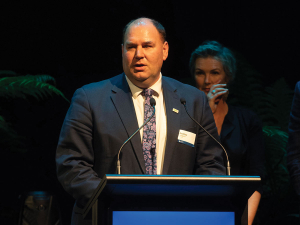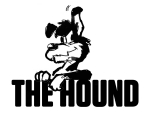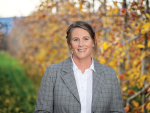Sheep and beef farmers have vastly improved their productivity since the 1990s, says Beef + Lamb NZ’s chief executive Sam McIvor.
He told the recent Pastoral Greenhouse Gas Research Consortium (PGgRc) conference that this was best illustrated by increased lambing percentages – up from 100% to a 125% average.
“Additionally, we are achieving higher lamb weights sold per ewe wintered, increasing by 93% -- remarkable,” he says.
Sheep and beef farmers are using far less resources, maintaining the amount of meat produced and exported (over 90% of the sheepmeat produced is exported) from half the number of sheep.
“And it’s been achieved on 23% less land as conversions to dairy have occurred and hill country has been retired into native bush reserves,” he adds.
At least 600% of new QE2 covenants are occurring on sheep and beef farms; not only has the land-use footprint reduced, so have the greenhouse gas emissions.
It’s been calculated that since 1990, driven by genetic and productivity gains, greenhouse gas emissions have fallen by 19% on sheep and beef farms.
“Sheep and beef emissions are 19% below what they were in 1990. In emissions intensity (kg of CO2 equivalent per kg of product) sheep have improved 23.1% and beef 19.7% -- about 1% per year. If the current rate of emissions reduction continues, sheep and beef will just make the 30% below 2005 mark, and will also hit the 50 by 50 mark,” he says.
McIvor says while the global meat industry is being challenged on its environmental/sustainability footprint, NZ has a strong argument to mount on its production methods. At least 70% of the land farmed by sheep and beef is hill country, producing food on land that would otherwise unused.
McIvor says while the UK remains an important market for NZ, a carcase these days makes 42 different cuts, exported to 100 countries.
“In the 1960s over 90% was sold as frozen carcases; today 18% is chilled cuts and boneless product and frozen carcases make up only 5% of our trade. This has been a great effort by our processors and exporters, meeting the demands of consumers in many different countries.”

